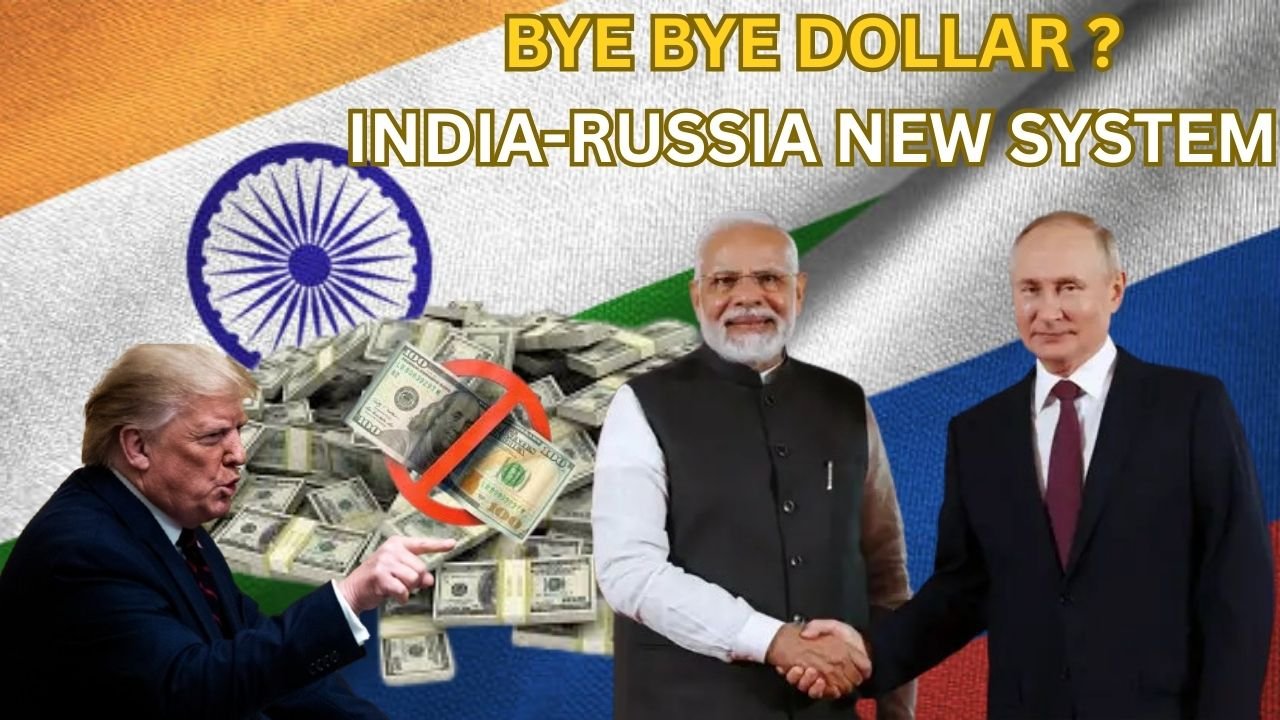Blog
India and Russia’s Bold Move: New Payment System to Counter US Trade Pressures

In the evolving global trade landscape, India and Russia are working on an alternative payment system to reduce dependence on the US dollar. This move comes at a time when trade tensions between the United States and its global partners are rising, particularly due to sanctions and restrictions that directly impact cross-border transactions.
According to reports, New Delhi and Moscow are in advanced discussions to establish a mechanism that would allow seamless trade settlement in local currencies — the Indian Rupee and the Russian Ruble. This step could significantly reduce transaction costs, improve trade security, and safeguard bilateral commerce from external geopolitical pressures.
Why a New Payment System?
The United States has often used the dollar’s dominance in global markets as a strategic tool. With sanctions imposed on Russia and growing restrictions on global financial networks like SWIFT, Moscow is seeking long-term solutions that ensure trade continuity. For India, reducing dollar dependency not only boosts financial sovereignty but also protects its energy and defense imports from unexpected disruptions.
Impact on India-Russia Trade
India and Russia share strong ties, particularly in defense, energy, and infrastructure. Bilateral trade has crossed $65 billion in 2024, with crude oil forming a large chunk of India’s imports. However, payment settlement remains a challenge due to Western sanctions. By introducing a rupee-ruble settlement system, both nations can bypass third-party currencies, thus strengthening their partnership.
Geopolitical Significance
This move sends a strong signal to global markets that emerging economies are ready to create parallel financial ecosystems. If successful, this system could inspire other BRICS nations — Brazil, China, and South Africa — to adopt similar models. In the long run, it may reduce the dollar’s overwhelming dominance in international trade.
Challenges Ahead
While the plan is promising, challenges remain:
- Aligning regulatory frameworks of both nations.
- Ensuring currency stability amid volatile forex markets.
- Building trust among businesses to adapt to the new system.
Still, experts believe this payment mechanism could be a game-changer in reshaping global trade dynamics.

